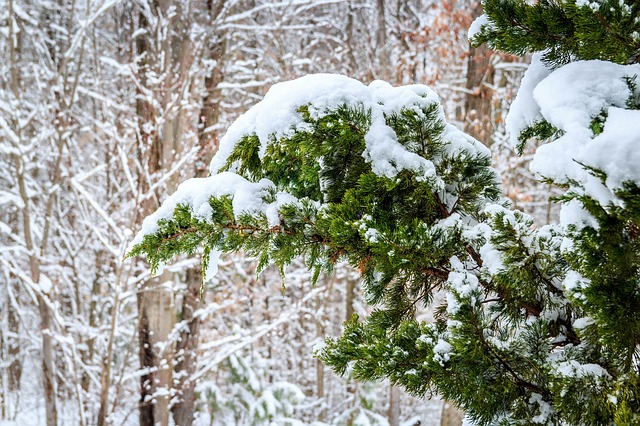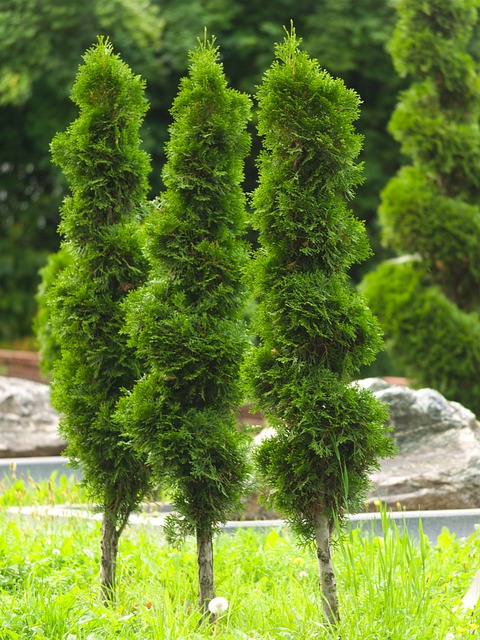This article has been taken from “Wild California Vanishing Lands, Vanishing Wildlife” by Raymond F. Dasmann”. California North Woods is a community encompassing the northern portions of the city of Irvine, in Orange County of which more details are discussed at “Tree Removal Berkeley CA“
The northwest of California differs in many ways from the rest of the state, and its affinities, both ecological and cultural, lie northward with the forested region of Oregon and Washington. This is land where the lumber industry holds sway in forests of redwood and Douglas fir, Sitka spruce and red cedar. Unlike the Sierra, where timbered areas are mostly in national forests, the redwood country is largely held in private ownership. Efforts to establish effective protection, as in the Red wood National Park, have had to overcome the political power and financial influence of the timber industries.

Deep forests and complex mountain systems characterize the north coast. Although the mountains do not equal the height of the sierra, they are steep, rugged, and reach a respectable 9,000 feet in the trinity Eel, drain this region. Redwood forests are confined to the coastal leys. Wherever they grow, you will find summer fogs and usually heavy winter rains. Periodically, excessive rains swell the rivers to almost unbelievable depths, and flood waters, carrying redwood logs as battering rams, sweep the river basins free of man-made structures.
The north coast is still one of the wildest regions of California. It is a stronghold for black bears and mountain lions, a home for the Roosevelt elk and for fishers, mink, and river otters. This is the land of Stellers jays, ruffed grouse, varied thrush, mountain beavers, trilliums, rhododendrons, huckleberries, and salal. Pileated woodpeckers and spotted owls haunt the old forests. The streams once swarmed with king and silver salmon, steel head and cutthroat trout. Despite the dams and water diversions, fisher folk still come to the northern rivers with high hope and are often rewarded for their skill.

The future of wildlife in this area is tied, as nowhere else in California, to the behaviour of foresters and the timber industry. It was this influence that concerned Starker Leopold:
“The social values of wildlife and the desirability of retaining our heritage of native animals are recognized in a myriad of laws, both state and federal, that animals themselves receive adequate protection from the law; not so the habitat in which they live. It is illegal to kill a wood pecker but perfectly legal to cut down the dead tree harbouring its nest, which in the end of course eliminates the woodpecker permanently.
“Forestland, public and private, provides indispensable habitat for much of our surviving wildlife. An increasing share of this forestland is today coming under intensive, high-yield management. The assertion is often made that managed forests constitute a haven for wild creatures. My own observation does not bear out this generalization. The overriding purpose of intensive forest management is to raise the yield of forest products; the incidental effects on animal life may vary for beneficial to catastrophic, depending on the species and its ecologic requirements”(I978a, p.I08).
“Forest management practices affect the diversity and abundance of wild animals by altering the successional stages of the forest. Some of the Native American birds and mammals that evolved to fit the wide spectrum of niches the continent offers prefer or require a rather specialized habitat. Some species live only in tall mature forest. Others thrive in forest openings or in early brush land stages of forest regeneration. The point is evident that to maintain the full spectrum of native vertebrates, it is necessary to preserve or create areas representing all stages of forest succession, particularly the mature forest. Intensive forest practice tends to shorten rotations and to truncate succession, reducing or eliminating animals adapted to live in mature stands”.
